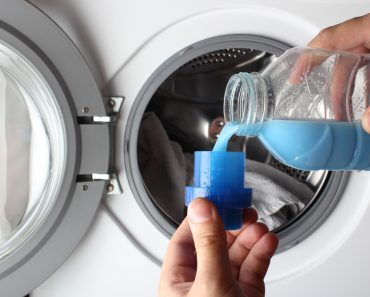Table of Contents (click to expand)
Modal fabric is a fiber made from the pulp of beech trees. It is a semi-synthetic, super-soft material combined with spandex and cotton for use in clothing, especially in underwear and other household items like bed sheets, towels, and handkerchiefs.
Fabrics are materials used for clothing, textiles and other industrial purposes. Fabrics are made by weaving, knitting, spreading, and crocheting fibers obtained from natural or artificial sources. They are further used in the production of cloth or garments. These cloth or garments can be additionally bonded to produce textiles. The word cloth is often used synonymously with fabric, but it is actually a processed piece of fabric.
Fibers obtained from plants, animals and minerals fall under the classification of natural fabrics. This includes cotton, wool, silk, jute, bamboo, glass, etc. Fibers produced from nylon, polyester, acrylic and other chemicals are considered synthetic fibers. The fiber used to make the modal fabric is obtained from the pulp of beech trees. The fiber is then chemically processed through an environmentally-friendly process to produce clothing. Therefore, it is considered to be a semi-synthetic fabric.

Recommended Video for you:
How Is A Modal Fabric Produced?
Modal fabric, also known as HWM (High wet modulus rayon) fabric is considered to be semi-synthetic, since it is produced with a combination of organic and synthetic materials. Initially, its production started in Japan, but most Asian countries started producing modal fabrics soon after. Now, China and India remain the leading exporter of modal fabrics, the production of which begins with the harvesting of beech trees.
- Beech trees are broken down into chips and transferred to the manufacturing floor. These chips are purified to render cellulose, which is the basic raw material. The leftover tree products are discarded.
- The cellulose obtained is formed into sheets and immersed into vats of sodium hydroxide, commonly called caustic soda. This process is called steeping. Once the process is over, the sheets are broken down into crumbs.
- The crumbs are further immersed in carbon disulfide. At this stage, the white-colored crumbs are turned orange by adding a substance called sodium cellulose xanthate. At this point, the tree-derived cellulose is no longer an organic material. This cellulose xanthate is again immersed in caustic soda to produce a syrupy solution; following this, it is immediately forced through a spinneret to create fibers.
- These fibers are then immersed in sulfuric acid and stretched to produce yarn. The resulting yarn is loaded into spools after being washed, bleached, rinsed and dried. These are then modeled into the fabric.

What Are The Types Of Modal Fabrics?
Modal fabric is fundamentally a type of rayon. Many other fabrics also belong to the rayon family, but there is only one type of modal fabric. However, it is essential to delineate it from other rayon fabrics, as it is highly similar to all other rayon varieties. A few examples of the types of Rayon similar to modal fabric are viscose and Lyocell.

Viscose was the pioneer of the modern fabric world. It was only after the production of viscose rayon that all the other fabrics entered the market, at which point it became much easier to produce fabrics with simpler formulas and methods. The major difference lies in the method of production. The process involved in the production of viscose rayon involves a lot of chemicals, so it’s not particularly eco-friendly. The production of modal fabrics, on the other hand, uses comparatively fewer chemical procedures. Lyocell, on the other hand, is the only pure organic rayon on the market. Unlike modal fabric, Lyocell is not chemically altered during the production process in any way. It follows a closed-loop solvent system, such that no chemical is dumped into the environment.
Why Choose Modal Fabrics?
The major characteristics to look for in any fabric is its physical properties and (more importantly) its cost. Modal fabric is cheaper than silk, but it’s slightly more expensive than viscose rayon and roughly equal to the cost of cotton and lyocell. The cost of modal fabric always depends on the manufacturing method. Fabric that is made in a more sustainable way is obviously much too expensive, so manufacturers may cut down a few of the steps. Fabrics produced by such methods are available at a cheaper cost.

Looking at the physical properties alone, modal fabric is highly durable. It is also resistant to heat and is a good breathable material. In fact, modal fabric is 50% more absorbent than cotton and does not trap perspiration and odor. Thus, it is most suitable for leisure wear, such as yoga pants and underwear. Spandex provides the necessary stretchy elements. Modal fabric can also keep its shape and finish even after multiple washes. Modal has all the properties of cotton, as well as the properties that cotton does not possess, including resistance to shrinkage and less fading.
Conclusion
Although modal fabric claims to be eco-friendly, it does have some harmful effects on the environment. The carbon disulfide used in the manufacturing process may damage the kidneys or liver, and may even cause a coma, leading to death! To reduce this emission, some companies have installed chemical scrubbers and absorption devices. However, the fact that only the cellulose of the trees is used, while the remaining parts are completely wasted, cannot be denied.












